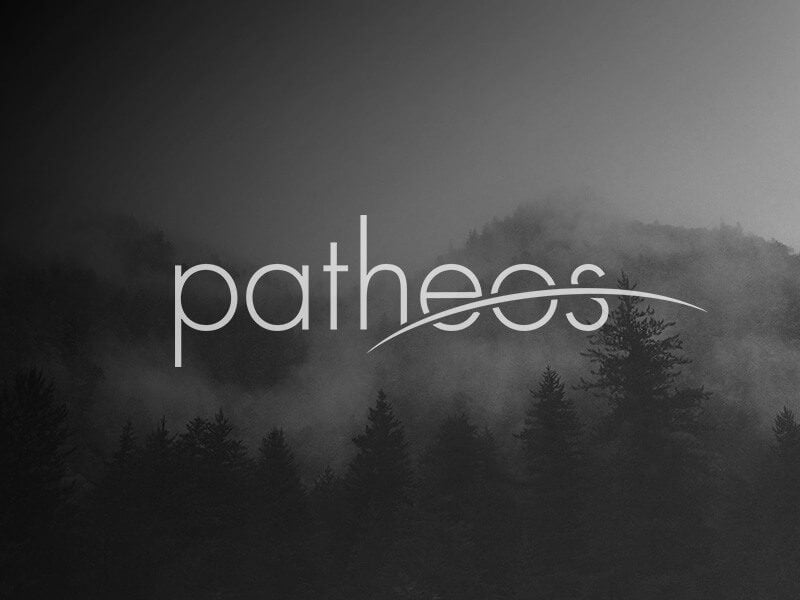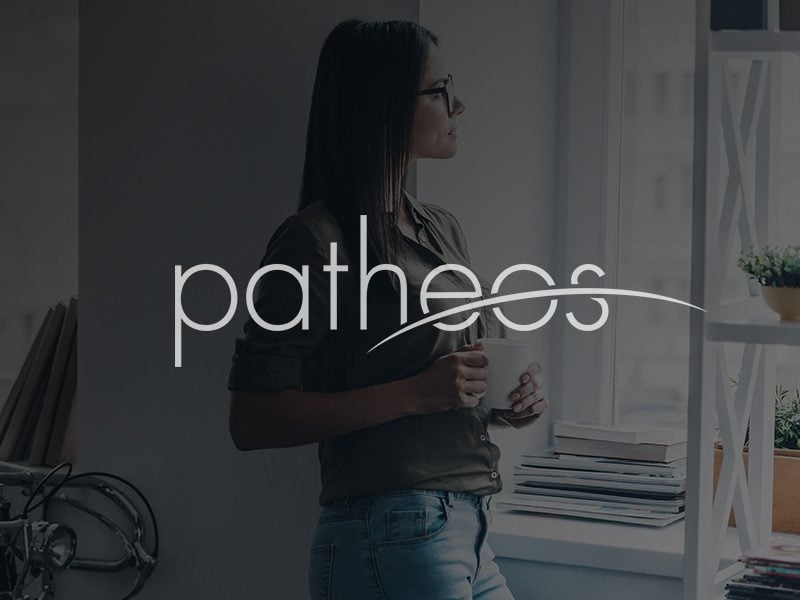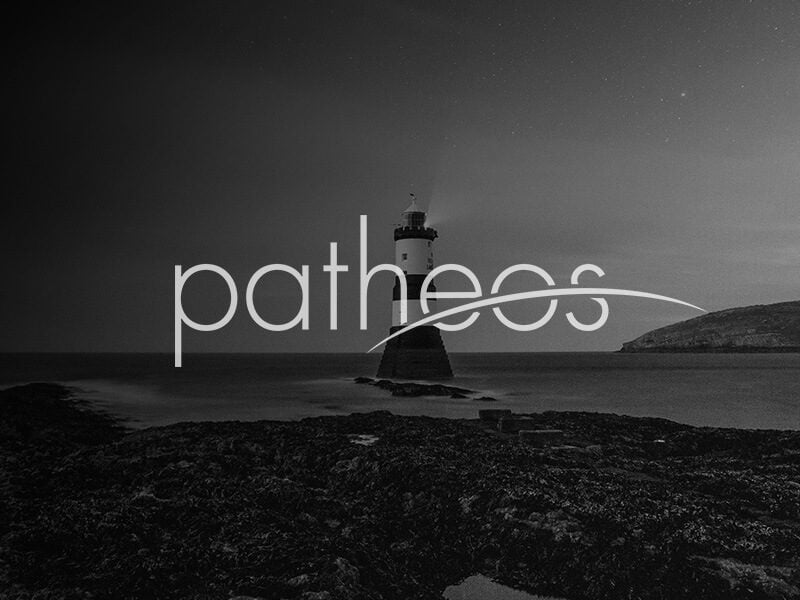Vatican City, Oct 27, 2016 / 12:11 pm (CNA/EWTN News).- Ahead of Pope Francis’ coming trip to Sweden to commemorate the 500th anniversary of the Reformation, Catholic and Lutheran leaders have said that while there is still a long way to go toward unity, seemingly impossible steps have already been made. Cardinal Kurt Koch, president of the Pontifical Council for Promoting Christian Unity, told journalists Oct. 26 that the coming joint commemoration of the Reformation marks “the first time in the history between Catholic and Lutherans that they do this type of common commemoration.” “In the past we’ve had confessional centenaries with a tone that was a bit triumphalist and polemic on both sides,” he said, explaining that the goal now is to not only to join together for the anniversary, but also to recognize 50 years of Catholic-Lutheran dialogue. The dialogue between Lutherans and Catholics “was the first bilateral dialogue that the Catholic Church launched right after the Council in 1967, and this is also a sign of gratitude that we could discover all there is in common between Lutherans and Catholics,” the cardinal said. He said the joint commemoration of the Reformation is “a beautiful sign of this path to unity, from conflict to unity. In the past we had conflicts. We want to arrive at communion, and today we are on the path to unity.” Echoing his sentiments was Martin Junge, Secretary General of the Lutheran World Foundation (LWF), who noted that despite the turbulent past of Lutherans and Catholics, “we have been able to remove some of the obstacles of doctrinal differences among us.” The joint commemoration is a sign of the progress made, he said, adding that “this is for what we will be praying: for God to be with us, this is where we want to encourage our communities to live out that communion.” According to the LWF website, the federation is a worldwide communion of 145 churches from the Lutheran tradition which represents more than 74 million Christians in 98 countries. The largest Lutheran communion, in the United States it does include the Evangelical Lutheran Church in America, but neither the Missouri nor the Wisconsin Synods. Cardinal Koch and Junge spoke to journalists at a news briefing ahead of Pope Francis’ Oct. 31-Nov. 1 visit to Sweden. It will be the first time a Pope has traveled to Scandinavia since St. John Paul II’s 1989 visit. Though only two days, the trip will include an ecumenical moment of prayer at Lund’s Lutheran cathedral, which will be followed by the larger, primary ecumenical event at the Malmö Arena in Malmö. The two ecumenical events will be followed by an outdoor papal Mass the next day at the Swedbank Stadium in Malmö marking All Saints Day. A lengthy document titled “From Conflict to Communion” was drawn up by the Lutheran-Catholic Commission for Unity and was published to coincide with the commemoration, serving as the ecumenical basis for the meeting. The unprecedented event takes place fewer than 20 years after the LWF's and the Catholic Church's 1999 signing of the Joint Declaration on the Doctrine of Justification, which was historically one of the main points of division between Catholics and Lutherans. Justification is God's cleansing human beings of sin and communicating to them his own righteousness through faith in Christ and through baptism. It is also the sanctification and renewal of the inner man through the voluntary reception of the grace and gifts by which man becomes just. The understanding of justification – what it is and how it is granted and maintained – was a source of conflict during the Reformation. In their 1999 joint declaration on justification, the Catholic Church and the LWF said that that a more shared understanding of justification signals “a consensus in the basic truths” and that “the differing explications in particular statements are compatible with it.” Point three of the declaration stresses that in “faith we together hold the conviction that justification is the work of the triune God … the foundation and presupposition of justification is the incarnation, death and resurrection of Christ.” “Justification thus means that Christ himself is our righteousness, in which we share through the Holy Spirit in accord with the will of the Father,” they said, confessing together that “by grace alone, in faith in Christ’s saving work and not because of any merit on our part, we are accepted by God and receive the Holy Spirit, who renews our hearts while equipping and calling us to good works.” The declaration also expressed the shared conviction that “as sinners our new life is solely due to the forgiving and renewing mercy that God imparts as a gift and we receive in faith, and never can merit in any way.” “Therefore the doctrine of justification, which takes up this message and explicates it, is more than just one part of Christian doctrine,” but stands “in an essential relation to all truths of faith. It is an indispensable criterion which constantly serves to orient all the teaching and practice of our churches to Christ.” “When Lutherans emphasize the unique significance of this criterion, they do not deny the interrelation and significance of all truths of faith. When Catholics see themselves as bound by several criteria, they do not deny the special function of the message of justification,” the document continued. Lutherans and Catholics, then, “share the goal of confessing Christ in all things, who alone is to be trusted above all things as the one Mediator through whom God in the Holy Spirit gives himself and pours out his renewing gifts.” Critics of the upcoming joint commemoration have voiced concern that the event will gloss-over significant points of Catholic-Lutheran difference, and that it will be used to as an opportunity to push for intercommunion between the Catholic Church and the ecclesial community. In his comments to journalists, Cardinal Koch, who will be part of Pope Francis’ delegation, recognized that the issue of mixed marriages are a “very big pastoral concern for Catholics and Lutherans” alike, but said we have yet to see what the Pope will say about it. However, when asked about the issue directly, Vatican spokesman Greg Burke referred to Pope Francis’ Nov. 15, 2015, visit to Rome's Lutheran community. During the encounter Francis was asked by Anke de Bernardinis, a Lutheran woman married to a Roman Catholic man, how she and her husband can be united in communion. In his response, the Pope said that the answer is “not easy,” but that that going to each other’s services is a way to participate in the Lord’s Supper together. He said he would “never dare to give permission” on anything regarding Communion because “it's not my competence,” but pointed to the common baptism shared between Catholic and Lutherans, explaining that praying together helps keep this common baptism alive. Burke said that when it comes to Sweden, the Pope likely won’t get much more explicit on the issue than that, but added, “you never know in the moment.” Other concerns about the joint commemoration surround points of division not only between Lutherans and Catholics, but also within the global Lutheran community on various social and ethical issues such as homosexuality and abortion. However, despite the unresolved issues at stake, Junge stressed that in the history of Catholic-Lutheran dialogue “we have seen many things that we thought would be impossible.” “I believe in the '80s nobody thought we would find agreement on the doctrine of justification and we did,” he said, adding that “only a few years ago if you would have said there would be a joint-commemoration of the Reformation and that would be done together, many would have said 'impossible'.” Junge pointed to the context of the modern world, saying that while he doesn’t mean to sound negative or “apocalyptic,” we live in times “of fragmentation, in times of a world that is wounded by conflict.” “For Catholics and Lutherans to come together around the world … is a powerful witness to faith and to Christ who we see walking among us together,” he said, voicing his belief that the event is “going to become a great contribution, not only to address the sufferings of the world, but also to draw closer together in mutual understanding and trust.” He said the presence of Pope Francis at the commemorative event is significant and brings “high value” to what is taking place. However, he also noted that by attending, Francis “is giving continuity to an ecumenical path of his predecessors.” “In 1999, when we signed the join-declaration on justification, the Pope was John Paul II. In 2003 when we signed the document on the conflict of communion, the Pope was Benedict XVI, and now Pope Francis the one who is doing this fruit of this ecumenical path, but undoubtedly giving it a new profile and potential that we hope to work toward in the future.” Despite the significant steps already taken in Catholic-Lutheran dialogue, Cardinal Koch and Junge expressed that there are still many more to go. After finally reaching an agreement on the doctrine of justification, the next issues to tackle are about “ministry, the Church and the Eucharist,” Junge said. Similarly, Cardinal Koch noted how the 1999 common declaration on justification itself said that “the ecclesial consequences of this common declaration are not resolved,” so we have a duty to move forward. “I agree with Rev. Jungle, there are three items: Church, Eucharist and ministry,” he said, voicing his hope that Catholics and Lutherans can continue paving the way to a new joint declaration on those three issues. “I think we are really on a good path to resolve all these problems,” the cardinal said, explaining that he is “very hopeful, grateful and happy that some original dialogues” are taking place on these points. Speaking of the Pope’s Mass Nov. 1, which was not initially part of the Pope’s itinerary but was added later upon the request of Catholics in Sweden, Junge said the LWF is fully aware of the need for the Pope and the Catholic community to be together. However, “while we have that understanding, of course it is also going to reveal that we are not yet united, it is going to reveal a wound that remains there, and in that way it is going to be a strong encouragement to continue working toward communion,” he said, explaining that a delegation from the LWF will be present at the Mass. Junge voiced his hope that joint commemoration would provide “a strong encouragement to be faster, to be bolder, to be even more creative in order to address these three items and with a very strong focus on where people feel the lack of unity the heaviest, around the table.” Read more














